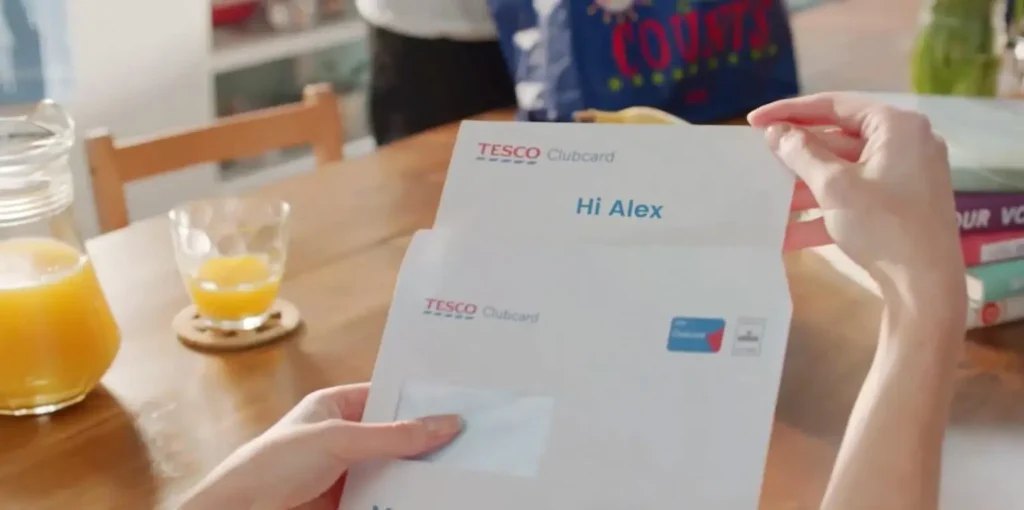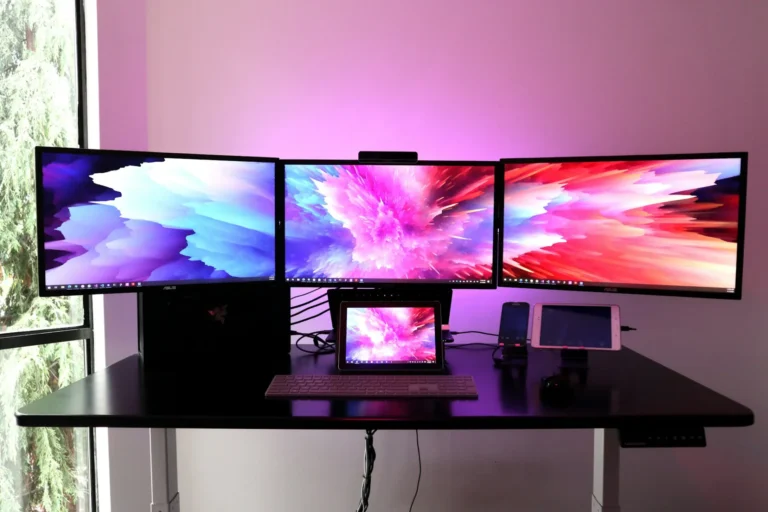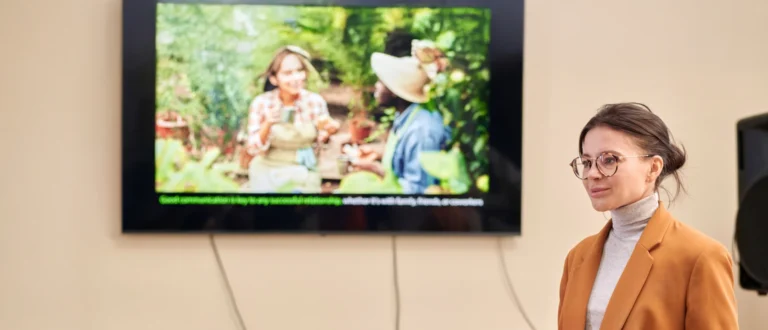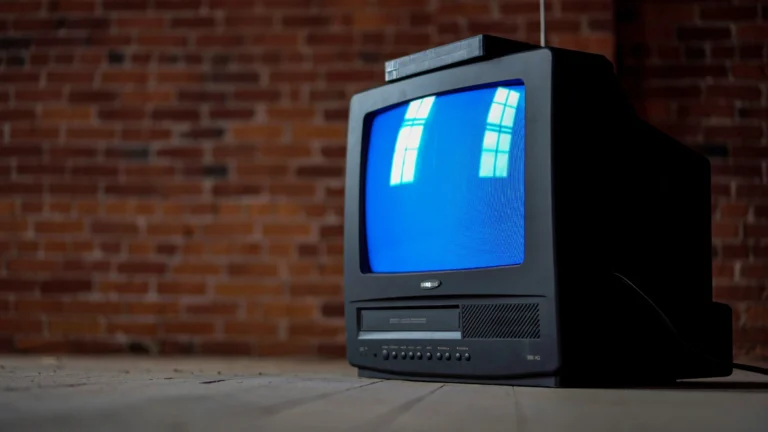January’s a tough month when it comes to inspiring motivation and innovation within a creative team, or really any team for that matter. Everyone has recently emerged from the haze of the holidays and is physically back at work, but mentally…maybe not so much, not just yet.
While fresh ideas might not be generating at record speed, to-do lists certainly haven’t hit a pause. Quite the opposite, with a new calendar year comes a new lineup of projects to kick off and new clients to wow.
So how exactly do you inject inspiration into your creative marketing team at a time when things can easily feel a little lackluster?
1. Go outside
Outside your standard ideation processes, outside your comfort zone, outside your office – the important thing here is to shake the norm. By changing the way you do things, or even the environment in which you do them, there’s a good chance you’ll change the results you see from your team.
So go plan an outing or lock everyone in a conference room for some new brainstorming activities. Throw them the unexpected and see what happens.
2. Give your team new toys to play with
Because who doesn’t love a new gadget or piece of tech to take apart, put back together, explore and test out? Imagination is limitless, but implementation is held back by the tools people have available. Push the boundaries of what’s possible for your team by researching emerging technologies that can give your ideas the edge they need.
This is where you’ll discover the ability to create “wow” moments with clients. Showing people something impressive that they’ve never seen before guarantees you’ll bring your creative offering to a tier above your competition.
Avoid being part of the 87% of marketers who report that they’re underutilizing the customer data available to them. Being mindful of new ways to leverage data ensures you’re offering an enhanced, more intuitive brand experience that customers actively seek out. The successes of personalized marketing have led personalization to steadily gaining traction in a varity of campaign formats — from website-based initiatives to social, mobile and beyond. And with the inclusion of user-specific data and video communication, largescale campaigns have reached creative highs. Take this Personalized Video campaign from Cadbury, for example, that delivered an astounding 33% conversion rate.
3. Explore new channels and mediums
Where does your content typically live? Venture beyond Facebook and Twitter by testing ideas for Snapchat and Instagram. Have you thought about expanding to mobile apps or SMS for engagement on-the-go? Try video on for size, or maybe even 360 virtual reality.
See your creative team as master storytellers. Expand the ways in which they’re able to tell a story, keeping in mind that factors like emotional connection and sensory engagement are key.
Video marketing, in particular, is on the rise for 2017 because of its ability to tell visually rich stories, hold viewers’ attention and drive action. That’s a triple threat, and it’s why 52% of marketers worldwide name video as the type of content with the best ROI.
What’s more, don’t just limit yourself to thinking in terms of traditional video. Facebook Live as well as VR experiences both present incredible opportunities for innovation. (Häagen Dazs has remarkably leveraged the immersive quality of VR in a campaign that tells the devastating story of colony collapse. It’s well worth a watch.)
4. Be flexible
It’s a completely natural reaction to try to over-manage someone when you see their enthusiasm flagging, but it’s not usually the right response when dealing with creative personalities.
Part of managing a creative team is accepting that everyone has their peaks and valleys. No one is “on” all the time, so give people the flexibility to work during the periods they’re feeling the most productive, creative and inspired.
Here’s an interesting look at the infamous late-start culture at creative agencies and why execs are OK with it (and why some aren’t).
5. Spy on your neighbors
No creative team should be an island. Inspiration is, more often than not, sparked by external forces. It pays to be aware of what your competitors are doing. Take a look at what ideas are getting attention in the industry and which campaigns are winning awards.
Simply being aware of what your peers are doing can help motivate your creative marketing team to build on others’ innovations, making a good idea even greater. Likewise, recognizing someone else’s misstep can help you avoid making the same mistake.
6. Open the door for outrageous ideas
Outrageously good ideas can present themselves right next to outrageously bad ones. It’s a bit like mining for gold where, for a while, you’re sifting away and nothing good rises to the top. But there’s no way around it – you’ve got to sort through the junk before hitting the valuable stuff.
Sure, it would be nice to have a team that immediately homes in on creative gold, but it’s just not going to happen. Open yourself to the good and the bad. Encourage all ideas. After all, a terrible idea from one person can spark a genius idea in another.
Want more?
To find out more about Idomoo’s easy-to-use Personalized Video Platform and how we can help you reach your customers and drive action, contact us below.
4 Ted Talks That Everyone in the Creative Industry Should Watch






